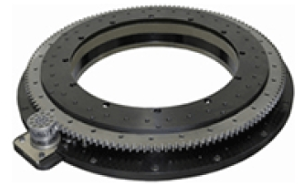Rotary indexing is a process where repeated angular displacement during a machine cycle is followed by motionless dwell. A rotary indexing table is specifically designed to make repetitive moves around a platform. Essentially, they are highly precise work-positioning devices that index parts to be worked or machined in multiple operations.

A rotary indexing table is an integrated motion system. They typically consist of motors and mechanical power transmission devices along with encoders, sensors and controllers. Tables use electric motors for either cam drives or servo tables. Mechanical cam indexers are relatively low cost and only index to set angles, but are capable of precision moves.
Important parameters for rotary indexing tables include the needed resolution of the application (or the smallest increment to move or measure), the required repeatability and accuracy, and other mechanical parameters such as acceptable levels of backlash or hysteresis. Another key parameter is the loading including torque, axial, radial, and moment loads. These can impact the type and size of the indexer used in a given application.
A rotary indexing table can be used in many applications including manufacturing, inspection, and assembly tasks. For instance, assembly, machining, and bottling machines all use indexers. Usually, they take one piece around to work areas or move arrays of relatively small parts around stations for sequential machining or assembly tasks.







Leave a Reply
You must be logged in to post a comment.